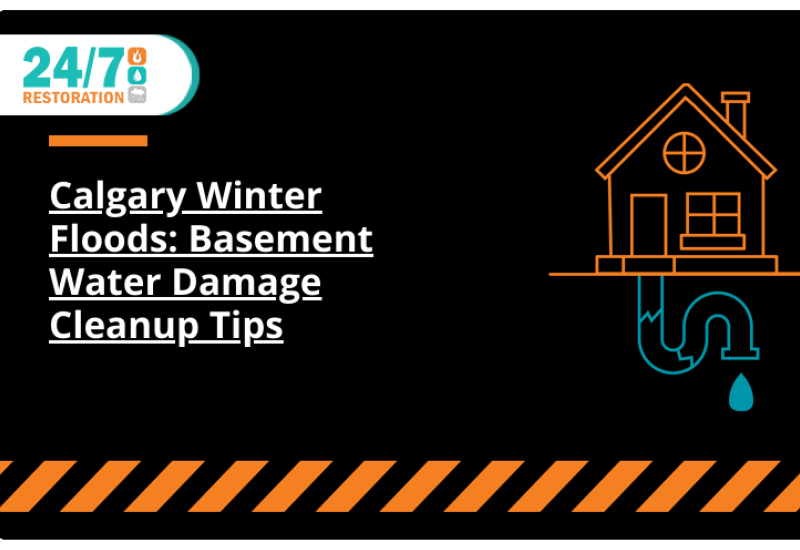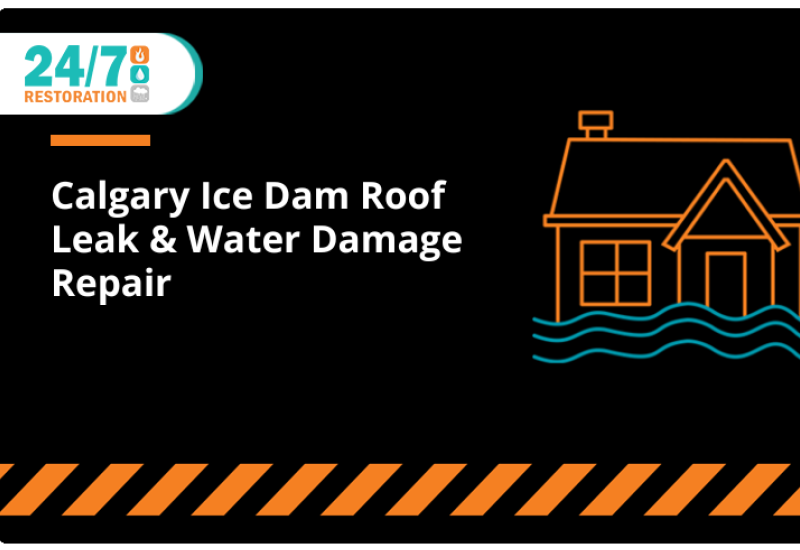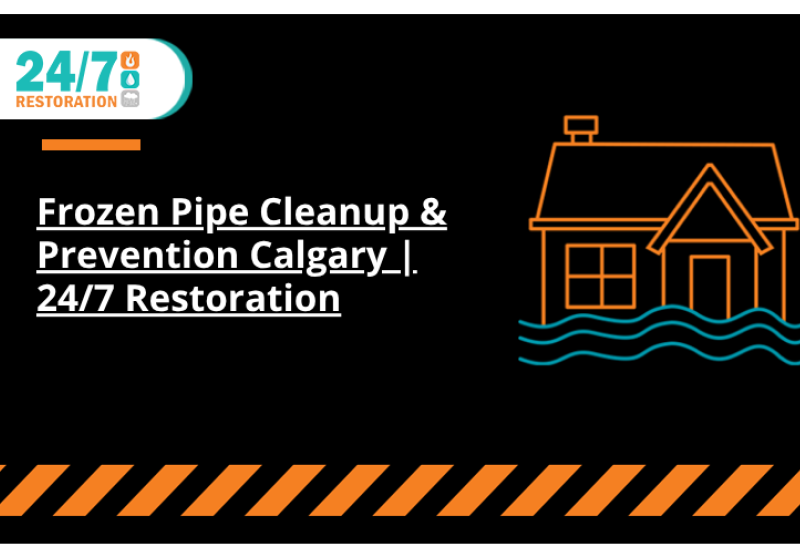The Workplace Hazardous Materials Information System, more commonly known as WHMIS, is the national hazard communication standard in Canada. The system has a few key elements.
The first is cautionary labeling of containers of WHMIS “controlled products” which are substances and materials that are regulated under WHMIS legislation. Every controlled product fails into at least one of the WHMIS classes. There are 6 classes or divisions of WHMIS products:
- Class A – Compressed Gases
- Class B – Flammable and Combustible Materials
- Class C – Oxidizing Materials
- Class D – Poisonous and Infectious Materials
- Class E – Corrosive Materials
- Class F – Dangerously Reactive Materials
The second main element of the WHMIS system is material safety data sheets, which are more commonly referred to as MSDS. These information sheets are intended to provide employees, workers and emergency personnel with a set of procedures for how to handle a WHMIS controlled product in a safe way.
The third main element of the WHMIS system is worker training and education. This includes instructing workers about general WHMIS information, like how the system works and what the controlled product classes are. Training and education also includes instructing workers about site-specific information such as emergency procedures.
If you have any questions or would like more information about this topic or the decontamination of hazardous materials in Calgary, please don’t hesitate to call 27/ Restoration.



